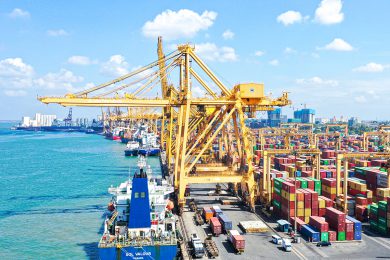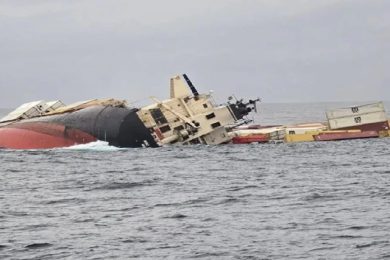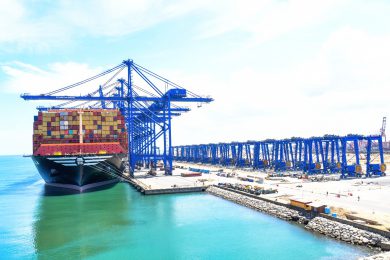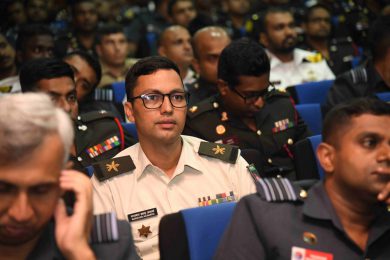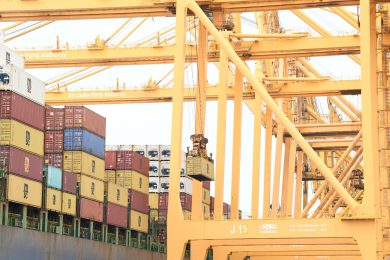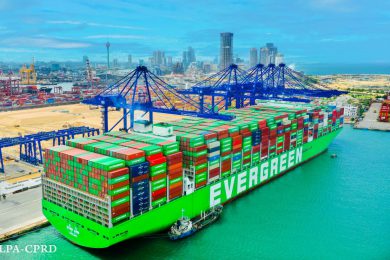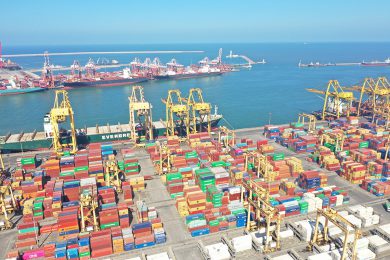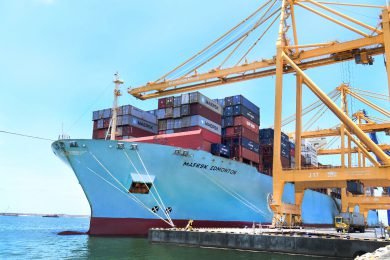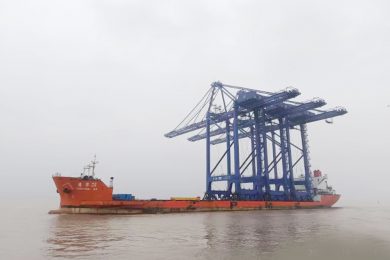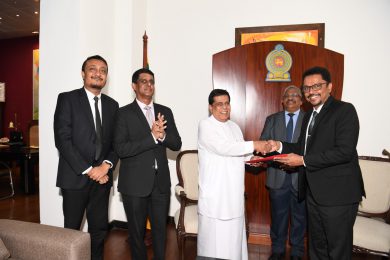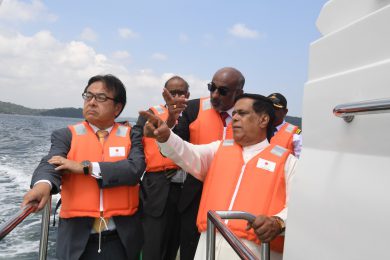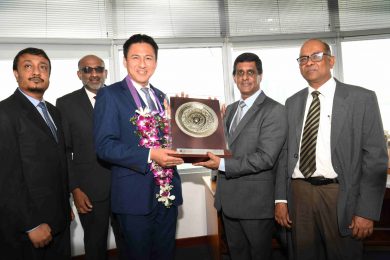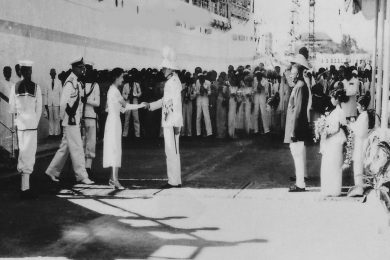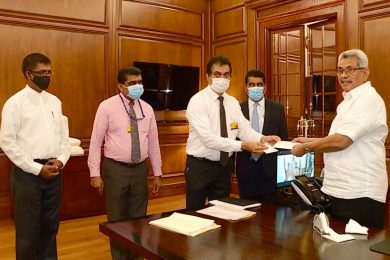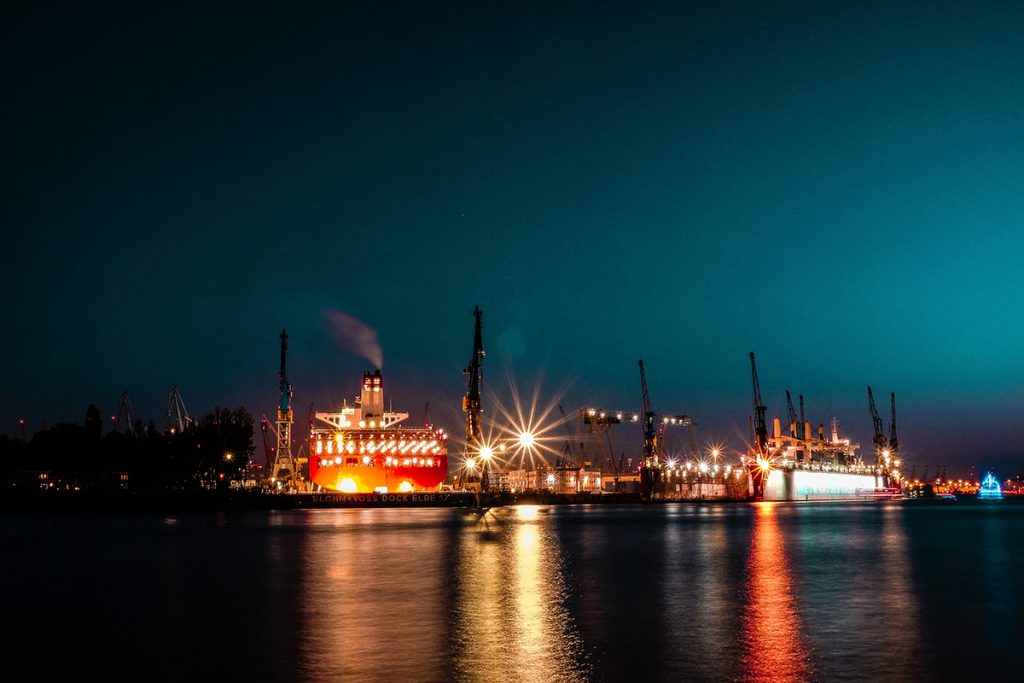In the changing socio-economic situation, it is my hope that SLPA and all related stakeholders will make continuous efforts to improve maritime transport and ports for the benefit of Sri Lanka and the region.
by Sato Seiji
In last August, I had a chance to attend the Colombo International Logistics Conference celebrating the 40th anniversary of SLPA where I learned about the significance of the international logistics for Sri Lanka’s economy; I was also impressed by the enthusiasm shown by all the participants of the Conference.
International logistics including maritime transport and ports is also extremely important to Japan which is an island country surrounded by the sea on all sides. Japan relies on imports from overseas for about 90% of its energy and about 60% of its food. Over 99% of import and export cargo in terms of weight are via maritime transport and ports. To ensure stability in people’s lives and develop the national economy, it is indispensable to secure a logistics network that is internationally competitive in both cost and usability. Japanese ports also aim at securing a favourable living environment by promoting recycling, creating a friendly and comfortable waterfront space as well as ensuring that life and property are protected during disasters.
Maritime transport and ports have similar roles in Sri Lanka, but due to the country’s ideal geographic location facing the east-west maritime trunk route, Sri Lanka have a special function, namely, as a transshipment hub. Through transshipment, Sri Lanka contributes to the socio-economic development of countries in Bay of Bengal, Arabian Sea and East Africa.
As reported in “The Economic Effects of the Closure of the Suez Canal” (UNCTAD Secretariat, 1973), the role of the Suez Canal on the global economy is so immense that it could change both the world maritime transport structure and the world trade structure. Similarly, Sri Lanka’s role as a transshipment hub in world maritime transport and regional socio-economic development should properly be taken into account.
In order to continue this role in future, it is necessary for Sri Lanka to satisfy shipping lines’ request for a transshipment hub as much as possible such as securing berth windows on the desired day of the week without waiting, conducting efficient loading/discharging operations at the lowest cost, and increasing the frequency of feeder callings, etc. It is important to remember the past in which the hub function shifted from Singapore to TanjungPelapas as well as from Marsaxlokk to Gioia Tauro and then to Piraeus. In addition, the emergence of Ultra Large Container Ships (ULCS) in the coming years needs to be taken into account in securing berth windows.
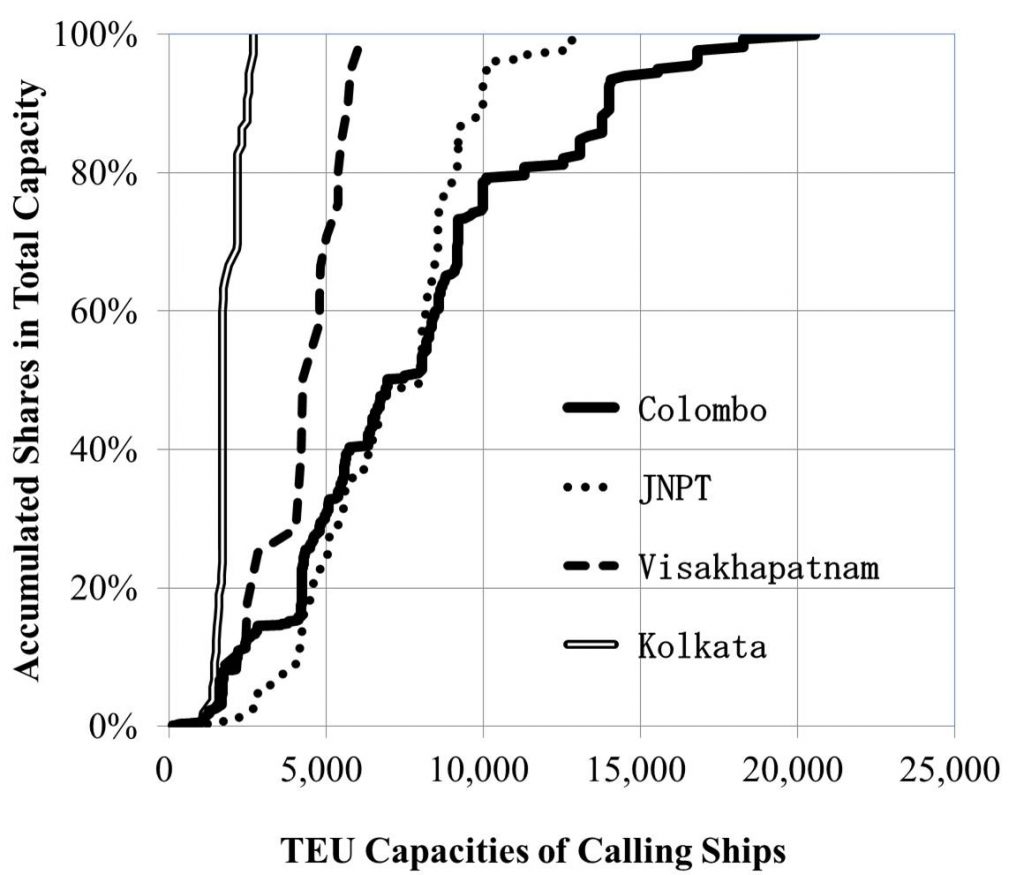
The largest container ship reached 4,900 TEU in 1990, 8,200 TEU in 1997, 16,000 TEU in 2006 and 21,000 TEU in 2017. The MSC Gulsun introduced in July 2019 allegedly has a capacity of 23,756 TEU, LOA of 399.9m (24 bays), Beam of 61.55m (24 rows), and a Draft of 16.5m. Furthermore, the total number of container ships with a capacity from 22,000 to 24,000 TEUis expected to be 32 in 2020.
Turning to the aviation field, the activities of LCCs or Low-cost Carriers, whose mainstay is a small aircraft with around 180 seats, are remarkable in Asia and Europe. Even in long-haul routes between Asia and Europe, aircrafts connect between cities of both regions with point to point basis, and thus to maintain the minimum load factor, the size of aircrafts is not likely to significantly increase.
On the other hand, in the case of the maritime transport, the route through the Suez Canal and the Strait of Malacca is the shortest route for the east-west maritime trunk route, and therefore converges on the route through the south of Sri Lanka. Coupled with the strong alliance of main shipping lines and the trend toward oligopoly, the vessel size has increased. Seeking further economy of scale, there is a possibility that vessel size will continue to increase up to the physical limitation matrix of beam and draft of the Suez Canal, namely the Suezmax-type ship.
In the changing socio-economic situation, it is my hope that SLPA and all related stakeholders will make continuous efforts to improve maritime transport and ports for the benefit of Sri Lanka and the region.

Sato Seiji, Senior Director for Research, The Overseas Coastal Area Development Institute of Japan (OCDI). Views expressed in this article are the author’s own.



